PROMOTIONAL RESEARCH
With retailers forced to rethink their operations to meet new customer demand, cut costs and ultimately survive, RWRC’s latest report reveals where businesses should be placing their time, money and energy in the year ahead.
The events of 2020 have put supply chains firmly under the spotlight. Retailers have been pushed to re-evaluate and fast-track their strategies, adapt their logistics and look for new partnerships to ensure they can fulfil customers’ orders in the way they demand.
And all while keeping an eye on costs like never before.
What is increasingly clear is that innovation and the need to operate with a flexible business model will be prerequisites of success for the industry. But what innovations and areas of the supply chain should retailers be investing in?
RWRC’s annual report Supply Chain 2021: A complete guide to strategy transformation analyses how retailers across the globe have adapted their supply chains in recent months to show the way.
Innovation and the need to operate with a flexible business model will be prerequisites of success for the industry
Produced in association with CORE, Maersk and 4C Associates, the report – which combines expert commentary and data – showcases how global retailers including Amazon, The Hut Group (THG) and Levi’s have been shaking up their end-to-end operations to remain competitive.
From digitising processes and rethinking urban fulfilment to driving circular economy ambitions and tackling returns, the report shows how retailers should shape the strategies in 2021 based on what the industry has learnt from an extraordinary 2020.
Here are just six of more than 20 examples found in the report that retailers can take inspiration from:
1. Best Buy and Amazon – rethinking store estates
The report reveals the growing trend for urban and micro-fulfilment, particularly in the US, with retailers urged to reconsider how they use their stores.
American consumer electronics retailer Best Buy is turning 25% of its shops into ‘hub stores’ and increasing the volume of ecommerce orders it serves to allow the business to be closer to the consumer.
Converting stores into distribution centres is also of interest to Amazon. In August it was revealed that the retail giant was in talks to convert abandoned JCPenney department stores into Amazon fulfilment centres.

2. Levi’s – streamlining sourcing with digital sampling
Digital sampling – technology used in the garment design process that creates 3D digital renders of garments and materials as opposed to using traditional physical cut-off – is revolutionising the buying and design components of the fashion supply chain.
Levi’s, for instance, started doing this on a larger scale in 2020. The brand is able to sell to merchants from images rather than using physical samples, a policy that is driving business improvements.
3. 7-Eleven – grouping together on delivery
Supply chain collaboration is taking on a new meaning for retailers. In Japan, 7-Eleven, Family Mart and Lawson have been experimenting with a joint delivery service to mitigate a shortage of delivery drivers in the country while also reducing the number of vans on the road by up to 30%.
The tie-up – which launched in July as a one-week pilot – was deemed a “big turning point” by Japanese observers as the three brands had always worked in silos up until then.

4. The Hut Group – taking control of distribution
There has been a greater need for retailers to make their sourcing and supplier bases more resilient, with plenty of examples of retailers taking more control of their distribution networks.
For instance, as a direct result of the pandemic, The Hut Group launched its own air cargo service to ensure its goods could continue to be sent internationally.
5. Bloomingdale’s – reducing returns rates
US department store chain Bloomingdale’s sells some of its most popular ranges with a ‘B-Tag’ security label still attached. The tag works by allowing the customer to press the ‘B’ button on the tag to remove it, but once removed it cannot be re-attached.
In an attempt to stop people wearing items once or twice and returning them for a refund, the retailer refuses to process returns if the label has been removed by the customer.
6. Primark – prioritising purpose

The report emphasises the need for retailers to get serious about sustainability with the data speaking for itself – consumers want to buy from ethical and sustainable brands.
One retailer that has entered the fore is Primark, which launched a recycling clothing programme in July to help curb the impact of textile waste on the environment. Customers can make donations to a collection box in store and all items will be reused, recycled or repurposed with any profits from the scheme going to Unicef.
What should your supply chain look like in 2021?
Download your free copy of the report here today to uncover:
-
Which five key areas you need to invest in now – from data-driven innovation to sustainability
-
What you can learn from retailers and brands at the forefront of transforming their operations for this new world
-
How to make the first and final mile pay, and stem the £5.2bn returns avalanche
-
Guidance on how to get your supply chain Brexit-ready





















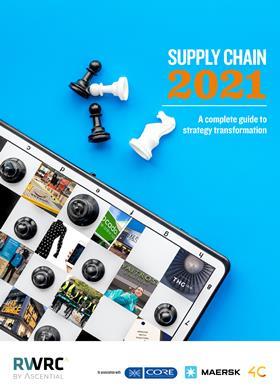
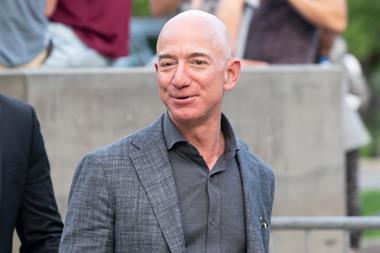

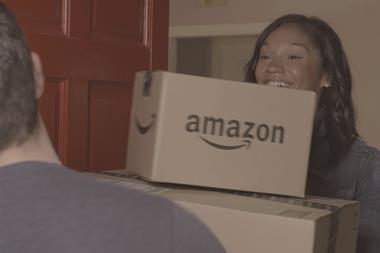
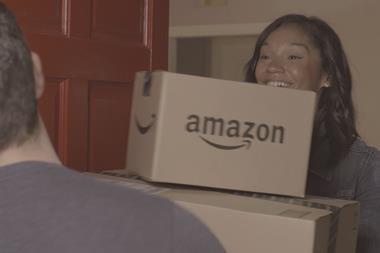
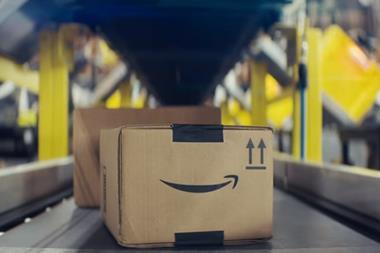

No comments yet